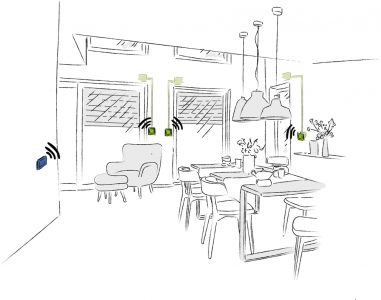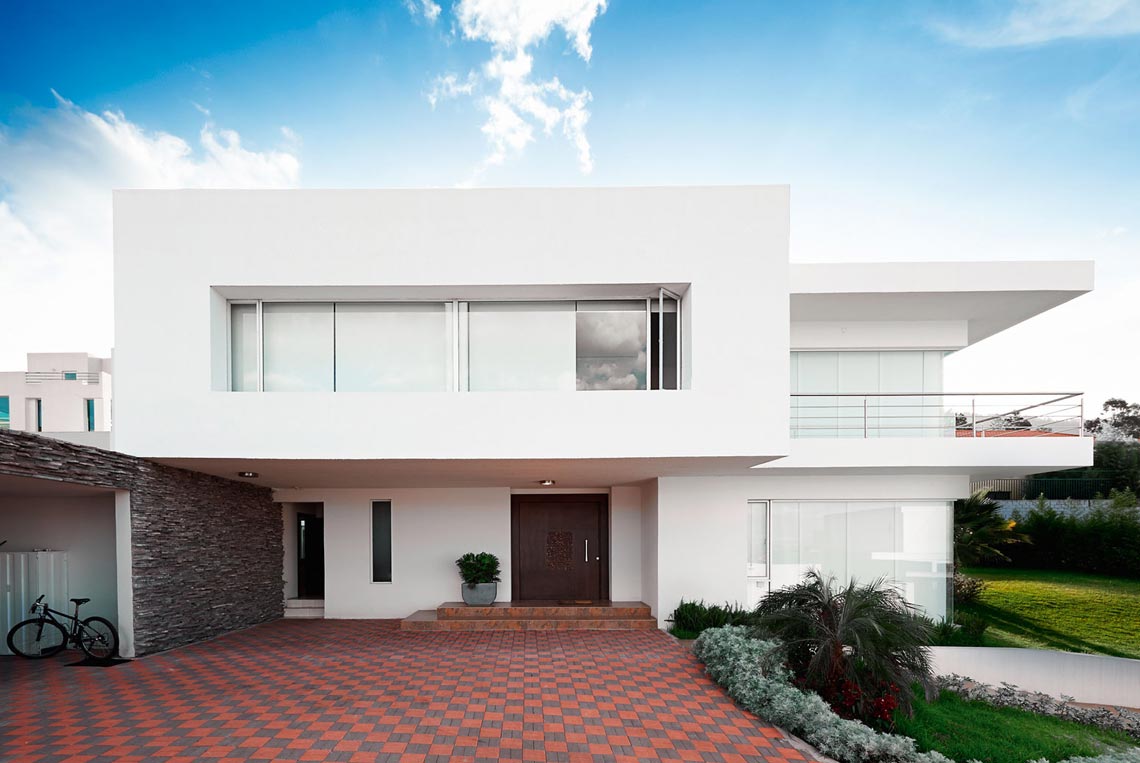Bridging the gap between familiar and smart technology
Issue 02-2016:
read all articles online
read as pdf
The new OPUS® BRiDGE product series for lighting and shading from JÄGER DIREKT combines the benefits of wirebound installations with the freedom of EnOcean wireless technology and thereby provides easy and fast access to the smart home without a lot of planning.
The OPUS® BRiDGE switch makes it possible to position smart devices easily and effortlessly during routine installation work. The switch also has an EnOcean wireless module for classic flush-mounted installation. The OPUS® BRiDGE not only optimizes the radio range and operating haptics, but is also more economical overall than combining flush-mounted actuators with wall transmitter modules.
Demand-based wireless retrofits
One practical approach in new buildings is to always install the wirebound OPUS® BRiDGE switch at the door to the room – this spot is nearly always available regardless of the floor plan and room use. The wireless module in the OPUS® BRiDGE switch makes it possible to easily add more EnOcean switches and sensors to the room as desired.
There is no need for complex wiring for a cross circuit or a motion sensor, for example. Furniture placement is also flexible, and no additional cables are required. For retrofits in an existing building, the old switch only needs to be replaced with an OPUS® BRiDGE. Freely positionable wireless switches or motion sensors are then integrated to turn the existing installation into a smart one.

Prefabricated sets for easy starter installations
The electrical installer performing the work will find prefabricated, pre-trained sets easy to handle. Electrical installation firms can thus get started in the world of smart homes without any expensive training or complicated, individual building plans. Users can choose between various sets for lighting and blinds/louvers, which are shipped to the electrical installer already configured.
Starting in spring 2017, end customers will be able to use an app on their smartphones, while a configuration tool with numerous setting options is already available for installers. This PC tool makes it easy to read out data from the switches and to link them to other components right on the screen, eliminating the need to manually interconnect the components.
The road to the Internet of Things
The next phase of development is the Internet of Things. Software visualization, remote access from mobile devices, integration of intercoms and the ability to control devices from gadgets such as a smart watch will further network the smart home. Other products available on the market, such as the Apple HomeKit and Philips Hue, can also be networked as desired.
Wide range of applications
Comfortable functions already exist in preconfigured operating modes. The new product series offers a wide range of setting options. The timer function automatically turns off the lights after a certain period of time to save energy. A daytime program can be used to easily automate the shades.
Typical applications can be in entrance areas, living rooms, guest bathrooms, children’s rooms and bedrooms as well as in offices, hotels or other commercial buildings. It is conceivable, for example, to add additional switches for lights and blinds in the living room. An OPUS® BRiDGE switch can be connected to the blinds motor and used to individually control the shades at each window. A freely positionable central switch can control all blinds at the same time if necessary – without any cables or batteries.
New articles in Smart Home
Top articles




